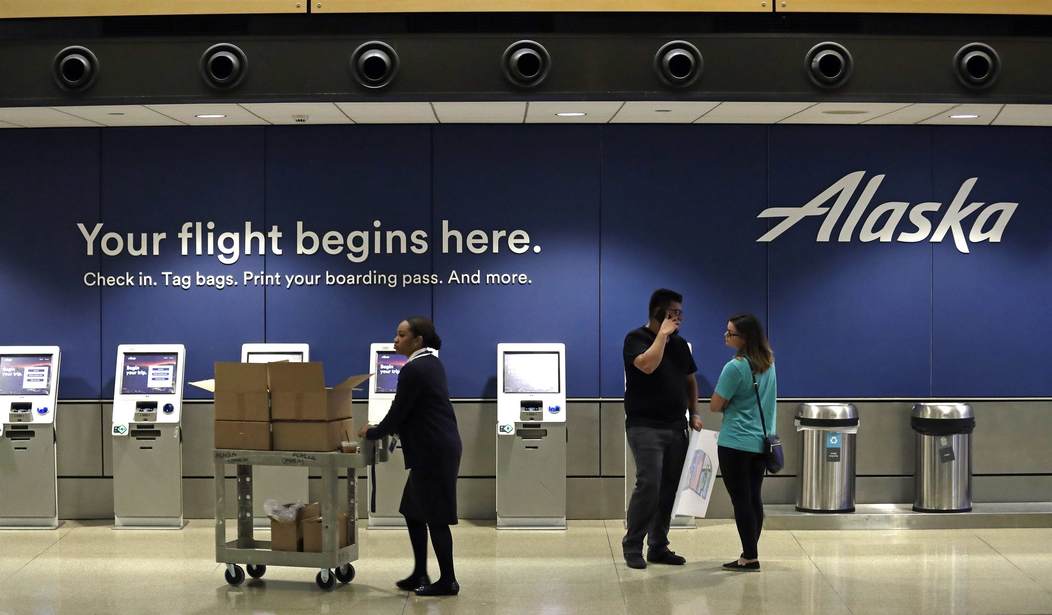The year was 2009, and I was returning home from a stint in Japan. I was on that long, long flight from Kansai International Airport (KIX) in Osaka to San Francisco, where I would go through Customs and catch a flight for Denver, where we lived at the time, and home. I don't sleep well on airplanes, but the weeks preceding my trip home had been busy, and with the help of a couple of snorts of airline bourbon, I managed to nod off.
I woke up to the plane shaking. The seatbelt light came on, and the captain warned us that we were encountering turbulence. "No joke," I thought. Then the really hair-raising part came - the plane hit some kind of cell, I forget precisely what the captain later called it - and dropped about 500 feet in free fall. Holy moly, considering that we were over the mid-Pacific, that was the very definition of "pucker factor."
Everything came out OK, and we landed in Frisco on schedule and without incident. But turbulence does cause accidents and injuries every year in airline travel, and now an international aviation group is pushing to improve the tracking and early warning of turbulent air. That seems like something worth doing.
Concerns about turbulence on planes have heightened since a Singapore Airlines flight from London in May encountered a severe incident leading to one death and dozens of injuries.
Countries like Japan, Korea and Singapore want turbulence added as a category in ICAO's 2026 Global Aviation Safety Plan, which outlines industry priorities, according to event working papers. ICAO said a decision will be taken by its 193 member states at its triennial assembly next year.
Japan and other countries would like ICAO to improve real time coordination of weather and turbulence data sharing across borders as countries take steps to make alerts more user friendly for pilots, an official with the country's civil aviation bureau said.
Some countries in Asia are taking early steps to make that information, now usually sent in text format, more visually accessible.
I'm a little surprised that unsettled weather, which causes turbulence, isn't already on such a plan. But it seems to me, a non-aviator, to be something airline captains and aviators of every stripe would want to know about before they take off, or at least in time to fly around the worst of it.
For the passengers, it's not just a matter of comfort, but also safety.
Turbulence accounted last year for around 40% of all accidents involving large aircraft in scheduled commercial operations, according to ICAO's 2024 Annual Safety Report.
Flying is certainly more comfortable without having a hot coffee or a cold beer dumped in your lap - or having an overhead bin pop open and discharge its contents down upon you. I've seen all of these things happen, and they really take a lot of the pleasure out of the experience.
See Related: TSA to Passenger: Are Your Pants Full of Snakes or Are You Just Happy to See Us?
Frontier Airlines Facing Widespread Abuse of Wheelchair Service - Hint: It's Not Just Frontier
Still, a bit of perspective is in order. My Old Man used to describe flying in a B-17 as being like "being inside a huge aluminum drum full of old car parts and having a giant shake it constantly. And it was worse if you hit some rough air." Not to mention having to wear an electrically heated suit and an oxygen mask in those old unheated, unpressurized birds.
Turbulence is still a problem, but airplanes have come a long, long way in just one long lifetime. If we can improve coordination to make avoiding rough air easier, well, it's hard to see any downside to this.















Join the conversation as a VIP Member